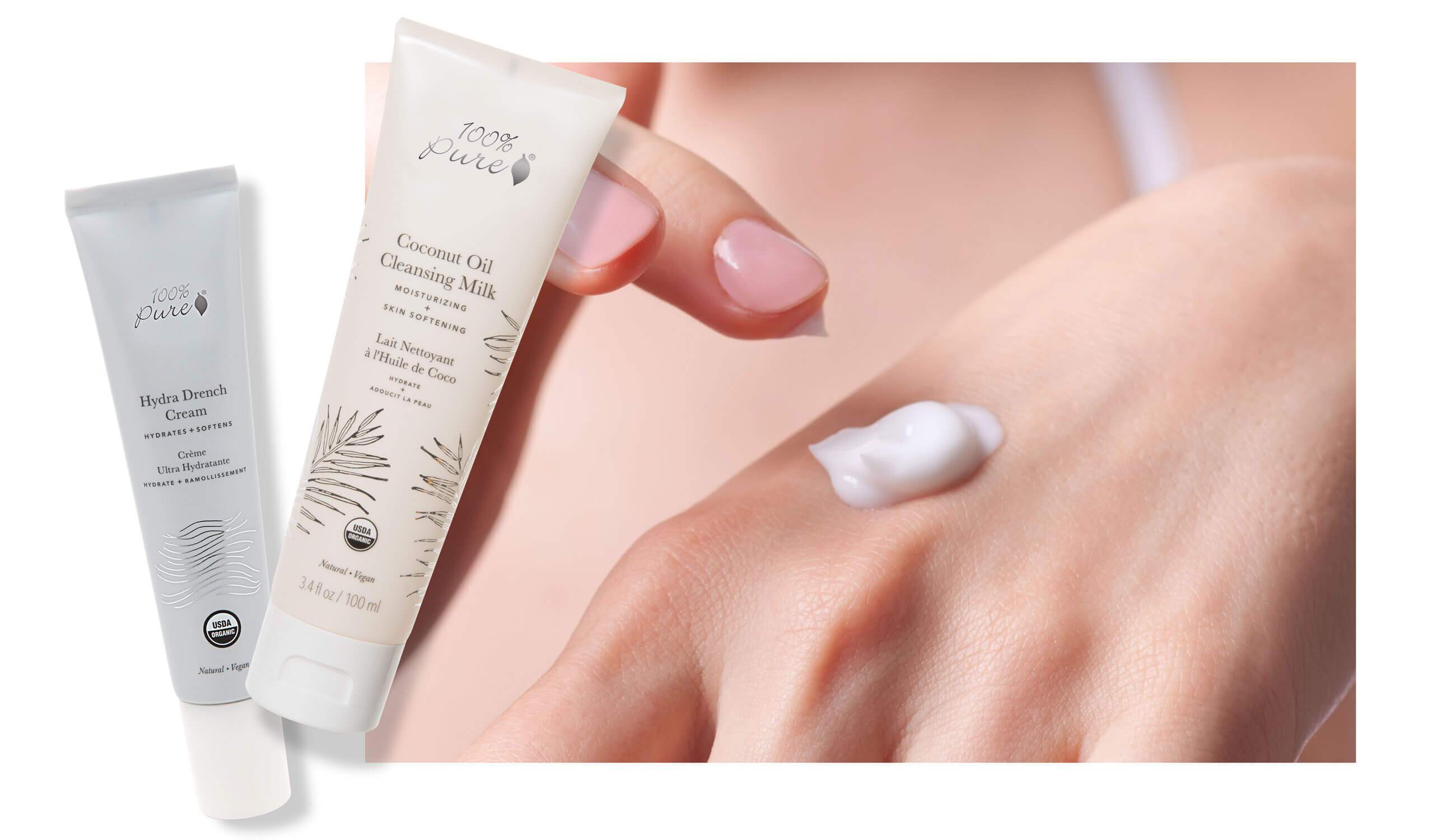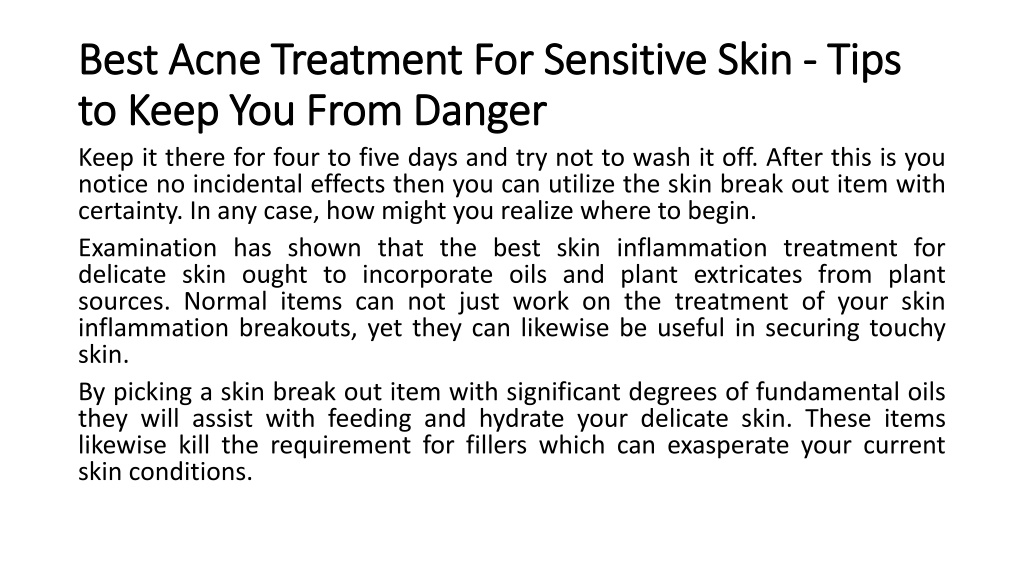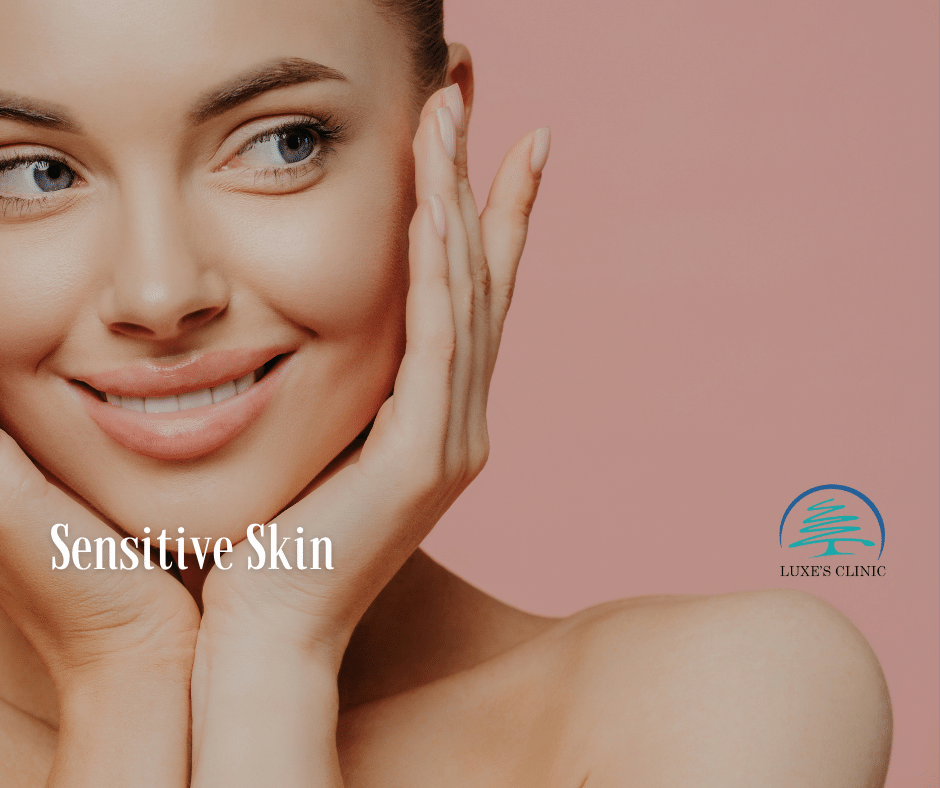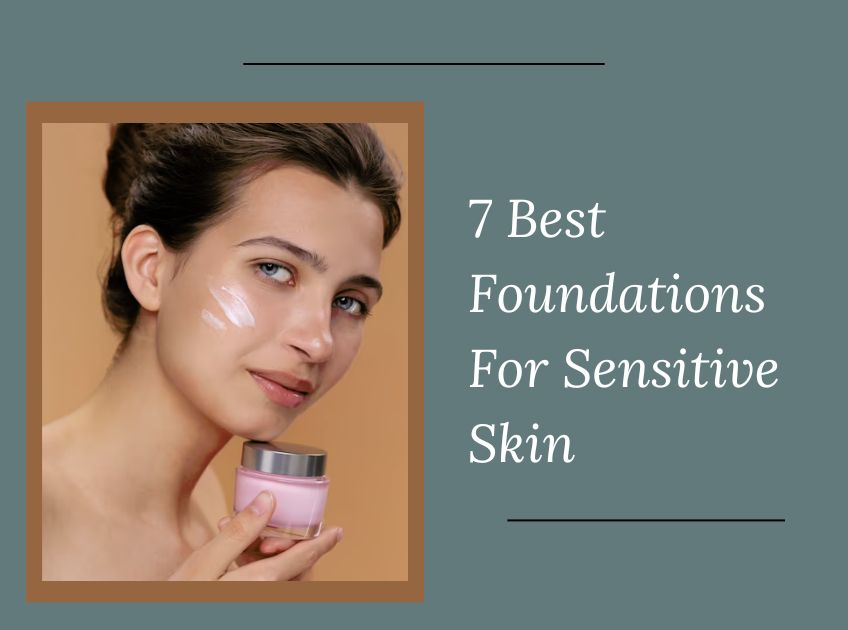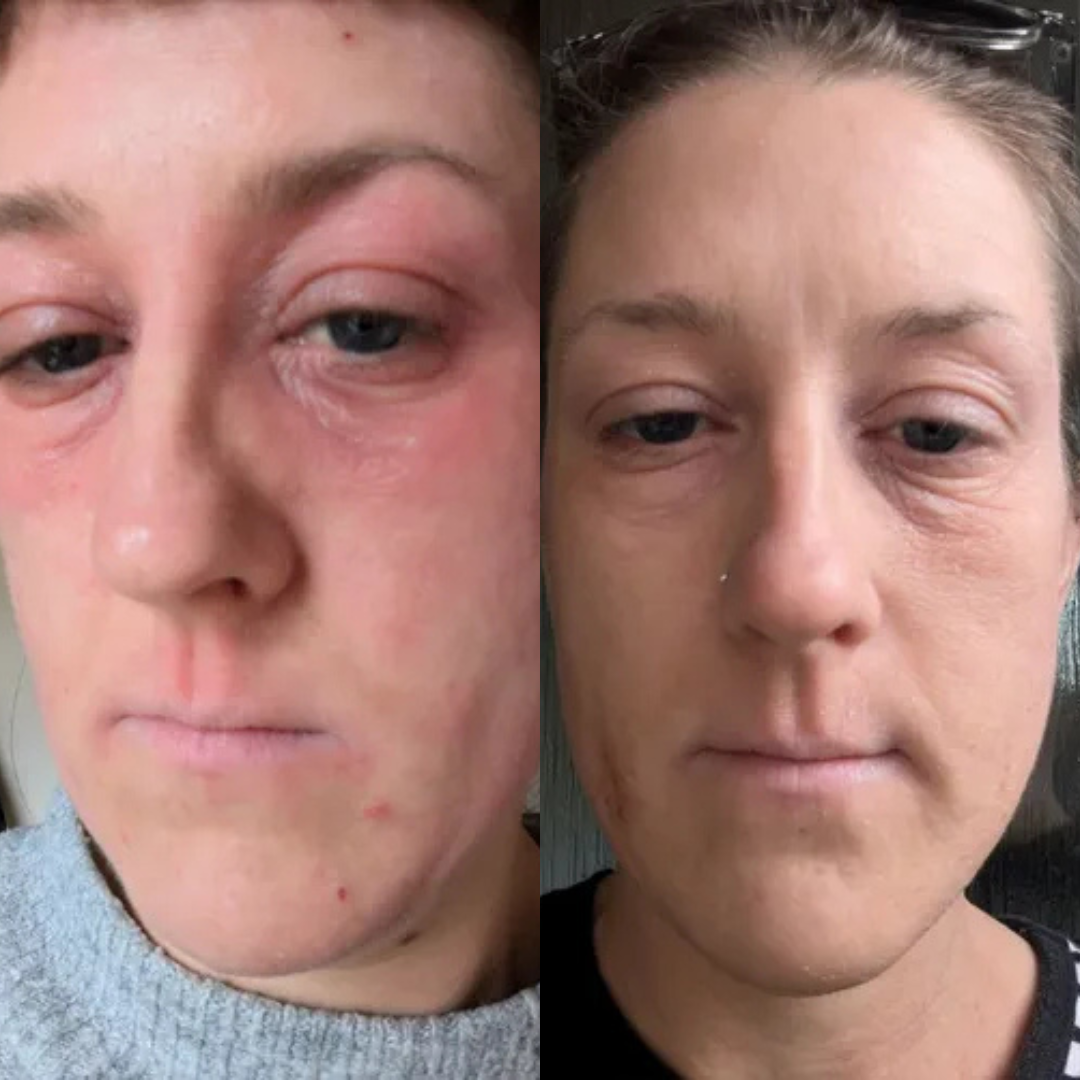An Ideal Treatment For Sensitive Skin Will Incorporate
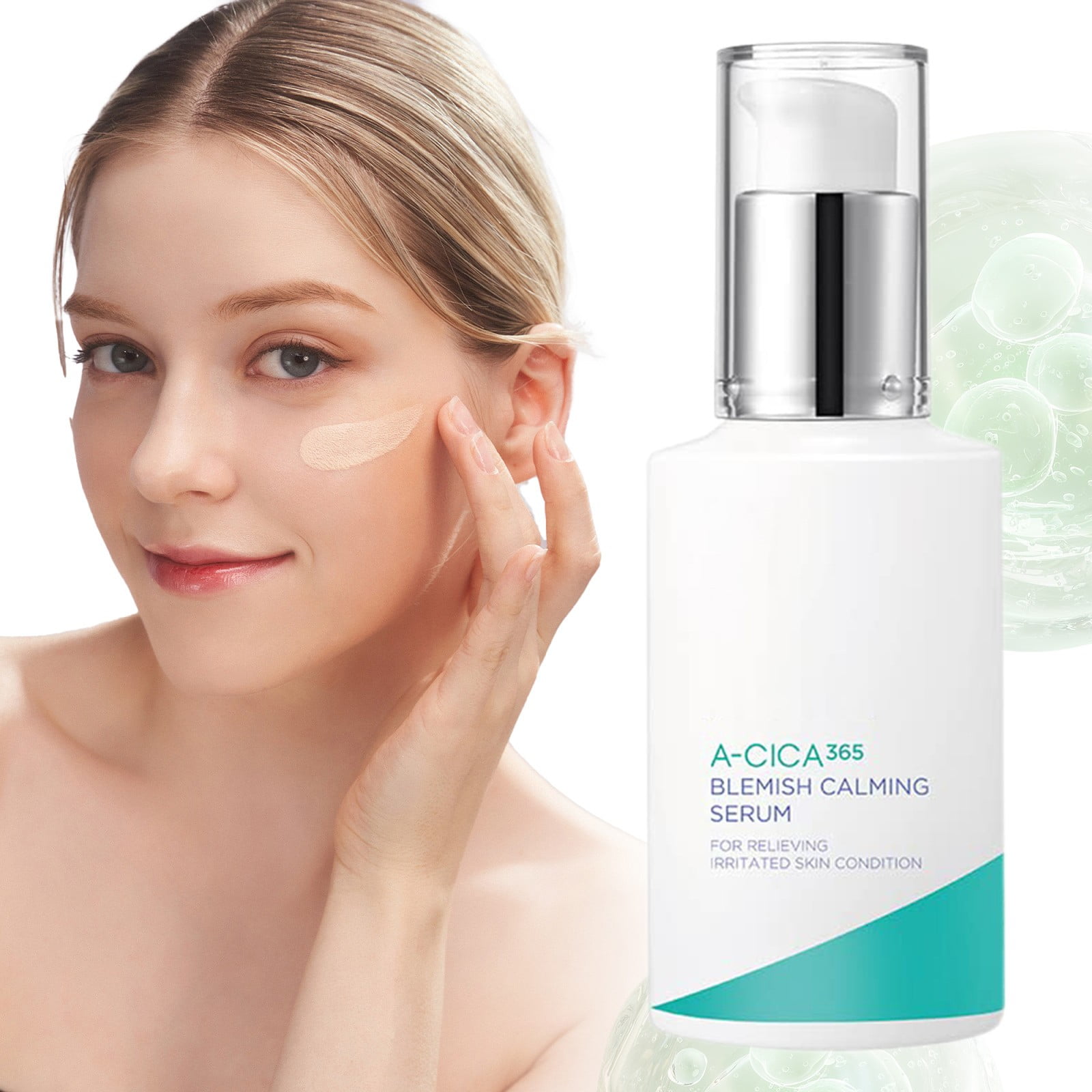
Imagine stepping into a sun-drenched meadow, the gentle breeze carrying the scent of wildflowers. But instead of blissful serenity, your skin flares with an angry redness, a familiar sting reminding you of its delicate nature. This isn't just a hypothetical scenario for millions; it's the daily reality of living with sensitive skin.
The quest for an effective and gentle solution to soothe and protect this vulnerable skin type has been a long and often frustrating journey. However, emerging research and innovative formulations are pointing toward a future where an ideal treatment for sensitive skin will incorporate a multi-faceted approach. This approach combines the power of microbiome-balancing ingredients, targeted delivery systems, and personalized care to offer a truly transformative experience.
Understanding the Landscape of Sensitive Skin
Sensitive skin isn't a medically defined condition, but rather a self-identified state characterized by heightened reactivity to external stimuli.
This can manifest as redness, itching, burning, stinging, or dryness in response to common triggers like certain cosmetic ingredients, fragrances, sun exposure, and even changes in weather.
According to a study published in the British Journal of Dermatology, up to 70% of women and 60% of men report having some degree of sensitive skin.
The underlying causes of sensitive skin are complex and varied. They often involve a compromised skin barrier, increased nerve sensitivity, and an imbalance in the skin's microbiome.
A weakened skin barrier allows irritants to penetrate more easily, triggering an inflammatory response. Meanwhile, heightened nerve endings send signals to the brain, leading to sensations of discomfort.
Lastly, an unhealthy microbiome, the community of microorganisms living on the skin, can exacerbate inflammation and impair the skin's natural defense mechanisms.
The Rise of Microbiome-Balancing Ingredients
The skin microbiome is a hot topic in dermatology, and for good reason.
This intricate ecosystem plays a crucial role in maintaining skin health, including regulating inflammation, protecting against pathogens, and promoting skin barrier function.
An ideal treatment for sensitive skin will prioritize ingredients that support a healthy and balanced microbiome.
Prebiotics, such as oligosaccharides and inulin, act as food for beneficial bacteria, encouraging their growth and activity.
Probiotics, which are live microorganisms, can be applied topically to directly replenish the skin with beneficial strains.
Postbiotics, like lactic acid and certain peptides, are byproducts of bacterial fermentation that can have anti-inflammatory and skin-reparative properties.
Companies like Gallinée and Mother Dirt have pioneered the use of microbiome-friendly ingredients in their skincare formulations, reporting positive results in reducing sensitivity and improving overall skin health.
Targeted Delivery Systems: Reaching the Source of the Problem
Even the most beneficial ingredients can be ineffective if they can't reach the right layers of the skin.
Therefore, an ideal treatment for sensitive skin will incorporate sophisticated delivery systems that ensure optimal penetration and efficacy.
Traditional creams and lotions often sit on the surface of the skin, providing limited benefit to deeper layers.
Liposomes are microscopic vesicles composed of a lipid bilayer, similar to the structure of cell membranes. This allows them to encapsulate active ingredients and deliver them directly to the target cells.
Microencapsulation involves enclosing active ingredients in tiny capsules that gradually release their contents over time, providing sustained benefits and minimizing irritation.
Nanoparticles, incredibly small particles, can penetrate the skin more easily and deliver ingredients to specific locations, such as the dermis, where collagen and elastin are produced.
These advanced delivery systems not only enhance the effectiveness of skincare products but also reduce the risk of irritation by minimizing the concentration of ingredients needed on the surface of the skin.
Personalized Care: The Future of Sensitive Skin Treatment
No two individuals are exactly alike, and neither is their sensitive skin.
An ideal treatment approach will recognize this inherent variability and embrace personalized care as a cornerstone.
This means moving beyond generic solutions and tailoring treatments to individual needs and triggers.
Skin Diagnostic Tools
Advancements in technology are enabling more precise assessments of skin health.
At-home microbiome testing kits allow individuals to analyze the composition of their skin microbiome and identify potential imbalances.
Digital skin analysis tools use artificial intelligence to assess skin hydration, redness, and sensitivity levels, providing personalized product recommendations.
Custom Formulations
The rise of custom skincare is empowering individuals to create products tailored to their specific needs.
Companies like Atolla and Curology offer personalized formulations based on individual skin assessments and ongoing monitoring.
This approach allows for precise control over ingredients and concentrations, minimizing the risk of irritation and maximizing efficacy.
The Role of the Dermatologist
While technology can play a valuable role, the expertise of a dermatologist remains essential.
A dermatologist can provide a comprehensive assessment of skin health, identify underlying causes of sensitivity, and recommend a personalized treatment plan.
They can also monitor progress, adjust treatments as needed, and address any potential side effects.
Beyond Topical Treatments
Addressing sensitive skin requires a holistic approach that extends beyond topical treatments.
Lifestyle factors, such as diet, stress levels, and sleep quality, can significantly impact skin health.
An ideal treatment plan will incorporate strategies to manage these factors and promote overall well-being.
A diet rich in anti-inflammatory foods, such as fruits, vegetables, and omega-3 fatty acids, can help reduce skin sensitivity.
Stress management techniques, such as yoga and meditation, can lower cortisol levels and minimize inflammatory responses.
Adequate sleep allows the skin to repair and regenerate, strengthening its barrier function.
A Future of Comfort and Confidence
The journey to find lasting relief from sensitive skin can be challenging, but the future looks promising.
By combining the power of microbiome-balancing ingredients, targeted delivery systems, and personalized care, we are moving closer to an ideal treatment that truly addresses the underlying causes of sensitivity.
Imagine a world where sensitive skin is no longer a source of frustration and discomfort but a canvas of resilience, radiating health and confidence. This is the future we are striving for, one gentle, effective, and personalized step at a time.







